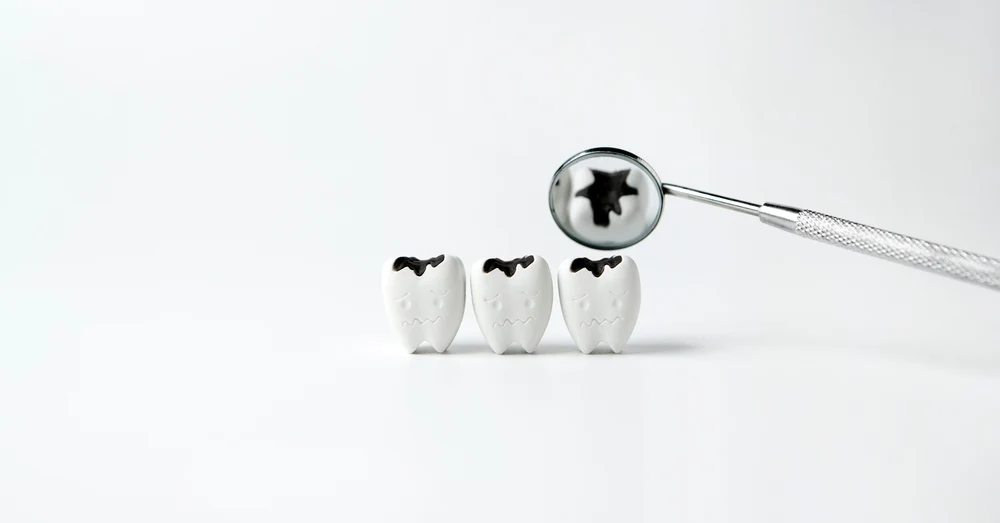Tooth decay, or dental caries, is a common oral health concern that affects people of all ages. This article explores tooth decay, its potential impact on neighboring teeth, and various types of tooth decay. We will also discuss prevention strategies.
The Science Behind Tooth Decay
Tooth decay primarily occurs due to the interaction between oral bacteria and the sugars present in the foods and beverages we consume. These bacteria produce acids that slowly erode the enamel, which is the protective outer layer of our teeth. As the enamel breaks down over time, it can result in the formation of cavities.
Does Tooth Decay Spread?
Tooth decay does not typically spread directly from one tooth to another in the way that an infectious disease might. However, there are scenarios where decay can indirectly impact neighboring teeth:
1. Close Proximity
When two teeth are in close contact, such as adjacent molars, decay on one tooth can create a localized environment that is conducive to bacterial growth. This increases the risk of decay on the neighboring tooth.
2. Poor Oral Hygiene
Individuals with poor oral hygiene habits who fail to clean between their teeth properly are at risk. The bacteria responsible for decay can easily transfer from one tooth to another through plaque buildup, potentially leading to decay on multiple teeth.
3. Weakened Enamel
When decay forms a cavity in one tooth, it weakens the surrounding enamel. This compromised enamel can become more susceptible to the accumulation of bacteria and acid, thereby increasing the risk of decay on neighboring teeth.
Different Types of Tooth Decay
Tooth decay isn’t a one-size-fits-all problem. There are several types of tooth decay, each with unique characteristics. Understanding these types is essential for effective prevention:
1. Coronal Decay
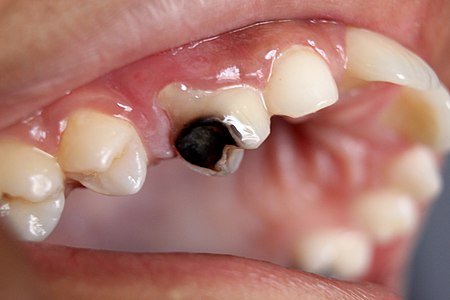
Coronal decay affects the visible part of the tooth’s crown. It occurs when bacteria in the mouth produce acids that erode the enamel, leading to the formation of cavities. Preventing and managing coronal decay requires regular brushing, flossing, and dental check-ups.
2. Root Decay
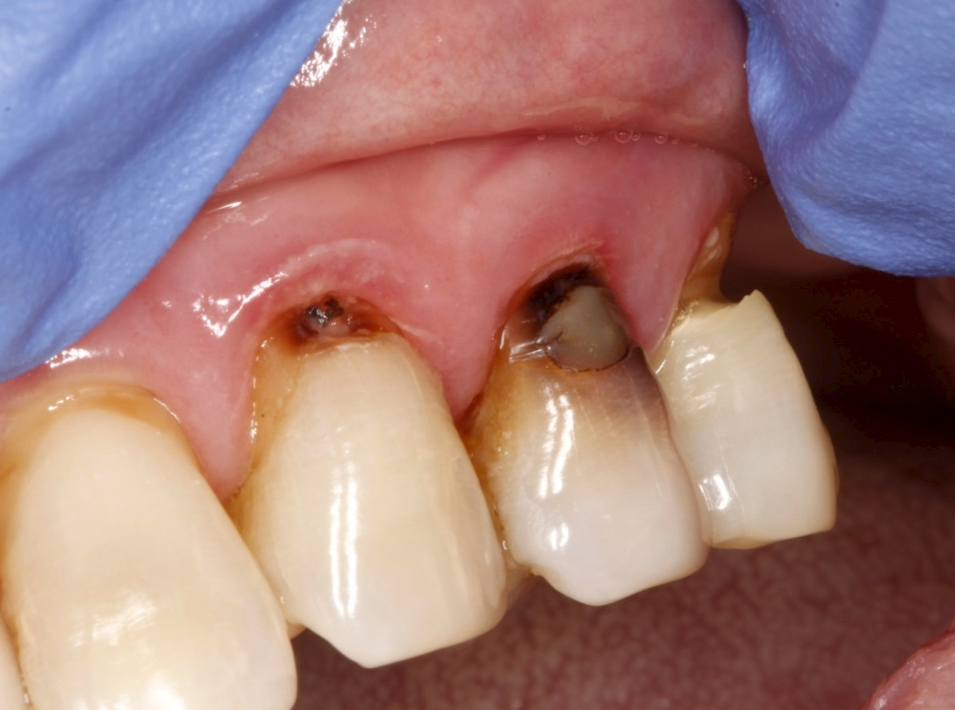
Root decay occurs on the surface of the tooth’s roots, exposed when gums recede. Because root surfaces are softer than enamel, decay can progress more rapidly. It’s often observed in older adults or those with gum disease.
3. Pit and Fissure Decay
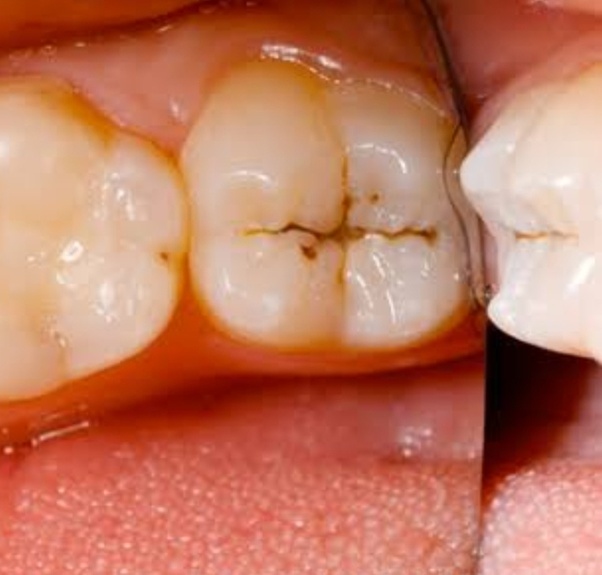
These narrow grooves and crevices on the chewing surfaces of molars and premolars are challenging to clean thoroughly, making them prone to decay. Dental sealants can help protect these vulnerable areas.
4. Smooth Surface Decay
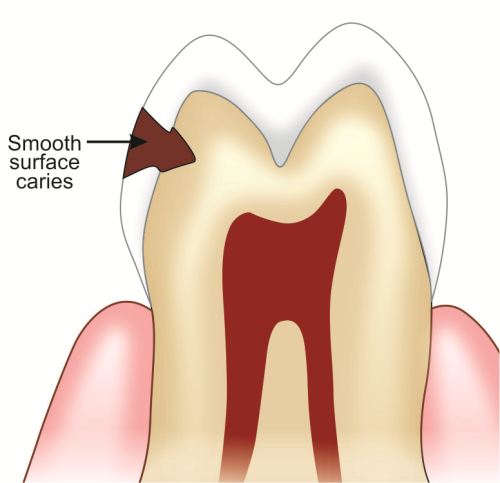
This type affects the flat surfaces of teeth and typically progresses slowly. It’s often linked to poor oral hygiene and can be prevented with regular brushing, flossing, and dental visits.
5. Recurrent Decay
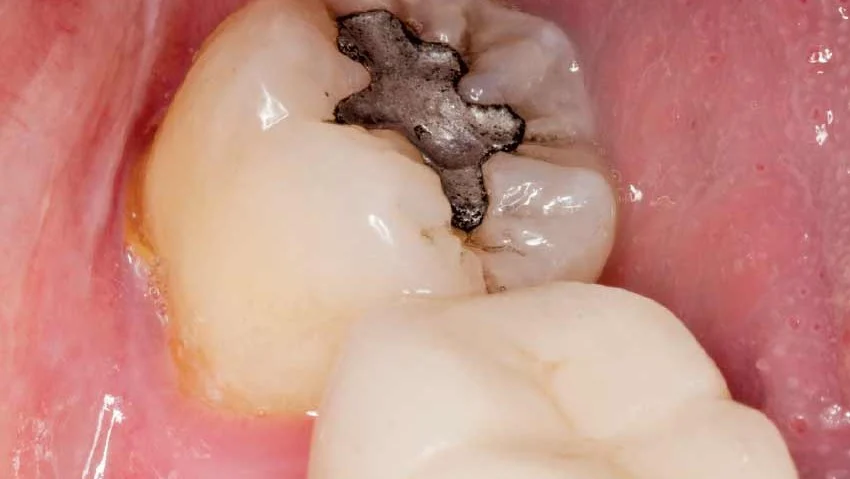
Also known as secondary decay, this occurs around existing dental restorations, such as fillings or crowns. It happens when bacteria accumulate at the margins of these restorations and weaken the surrounding tooth structure.
6. Early Childhood Caries
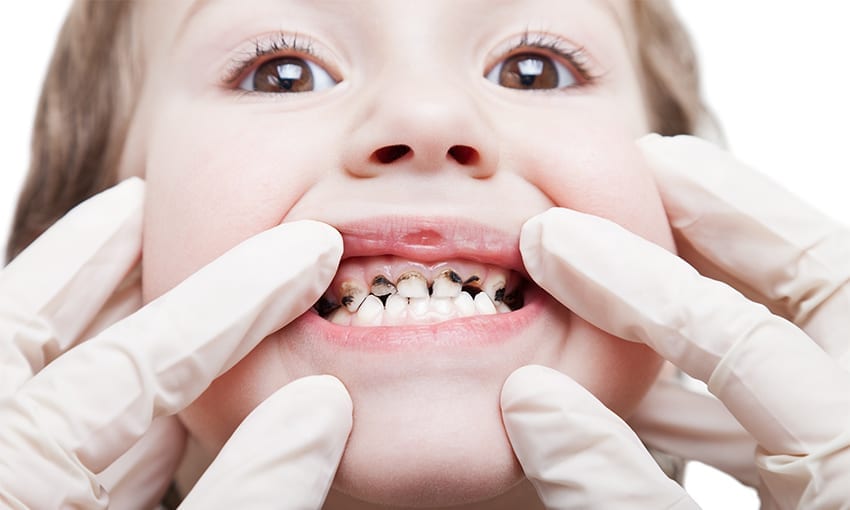
Commonly referred to as “baby bottle tooth decay,” this affects young children, often due to prolonged exposure to sugary liquids like formula, milk, or juice. It usually targets the front teeth.
7. Rampant Decay
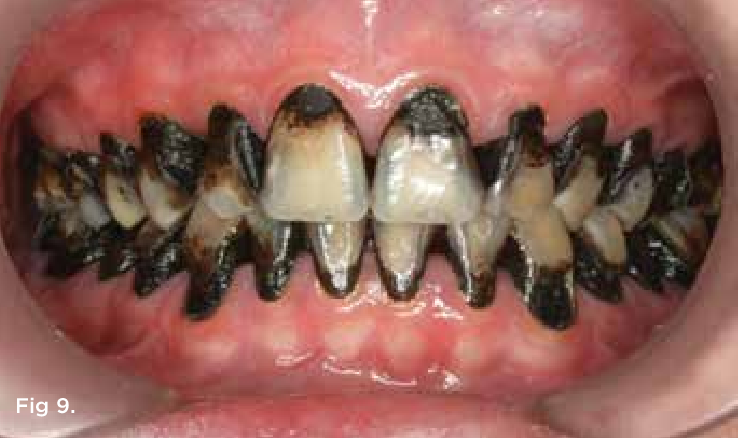
Rampant decay is an aggressive and widespread decay that affects multiple teeth rapidly. It’s often associated with systemic health conditions, excessive sugary intake, or inadequate oral hygiene.
Preventing Tooth Decay and Its Spread
To prevent the potential spread of tooth decay from one tooth to another and to protect against various types of decay, there are several proactive steps you can take:
Maintain Good Oral Hygiene
Regularly brushing and flossing your teeth help prevent the buildup of plaque and reduce the risk of bacterial transfer between teeth.
Visit the Dentist
Regular dental check-ups are essential for identifying early signs of decay and allowing for timely treatment.
Adopt a Healthy Diet
Reducing the consumption of sugary foods and beverages can starve the bacteria that cause decay and minimize the risk of cavities.
Use Fluoride
Fluoride strengthens enamel and can help prevent the spread of decay by making teeth more resistant to acid erosion.
While tooth decay doesn’t spread like an infection, its effects can indirectly impact neighboring teeth under certain circumstances. Practicing good oral hygiene, maintaining a healthy diet, and seeking professional dental care are key to preventing the progression of decay and safeguarding overall oral health. Regular dental check-ups are crucial for early detection and treatment of cavities, ensuring that any potential spread of decay is minimized.
Can tooth decay be reversed naturally?
In its early stages, tooth decay can be reversed through remineralization by using fluoride toothpaste and maintaining good oral hygiene. However, advanced decay may require dental treatment.
Is tooth decay contagious?
Tooth decay itself is not contagious, but the bacteria that cause it can be transferred between people through activities like sharing utensils or kissing.
How often should I visit the dentist to prevent tooth decay?
It’s generally recommended to visit the dentist every six months for regular check-ups and cleanings to prevent tooth decay and address any oral health concerns promptly.
Are there any natural remedies to prevent tooth decay?
While good oral hygiene and a healthy diet are essential, some natural remedies like oil pulling and xylitol gum may also help reduce the risk of tooth decay, but they should complement, not replace, regular dental care.

